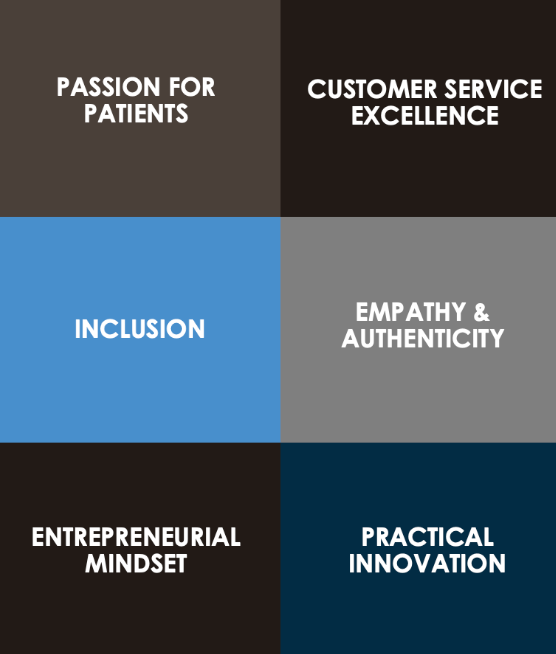By Nicole Hoadley
In March, I had the opportunity to participate in a panel at DIA. The topic was on influencer marketing and its legal and regulatory implications. The somewhat inconsistent way professionals use the vernacular is what stood out to me the most. We should fix that by clarifying the definitions of what we mean when we say “influencer,” or “Ambassador,” or “opinion leader.” I also noticed that many don’t seem to know where to start when they want to engage with the patient community safely. Let’s discuss a few waypoints.
The Three Different Types of Influencers
The word “influencer” or “endorser” is sometimes used for what would otherwise be referred to as a Patient Ambassador: An authentic, credible member of the patient community who represents a company or brand across its marketing and communication channels. […]
Another type of patient or caregiver frequently described as “influencer” are really Patient Opinion Leaders (POLs). POLs are recognized, well-connected experts from the patient community. […]
The third definition of “influencer”—the definition Snow Companies uses—is that of a transactional marketing relationship. In this case, that transaction is analogous to buying advertising space. This strategy provides access to the influencer’s existing social media followership. Not surprisingly, there is a lot of overlap with celebrity marketing. […]
Investing in Human Capital
Regardless of the exact strategy of patient engagement, one thing every brand manager should put on top of their legal and regulatory checklist is familiarizing all stakeholders with the rules that apply and why they apply. This is an investment in human capital that will be very effective at keeping the brand safe. A good patient engagement agency will follow through on that in three important ways.
First, each and every staff member has to have a certain minimum understanding of the legal and regulatory environment they’re operating in. The agency takes on the responsibility to ensure that everyone who touches client work or interacts with patients knows the rules that are in place, and they provide mandatory refresher trainings at least annually. People need a concept of HIPAA and GDPR, pharmacovigilance, fair balance, transparency disclosures, intellectual property, and what “on-label” means.
Second, every patient or caregiver who is going to represent the brand or the company also needs to understand the context of their engagement. This applies to Patient Ambassadors, POLs, and influencers alike, though the extent and focus of the legal and regulatory rules they need to understand is different. Disclosures are a big one: For example, when a community member speaks or publishes something as a result of their relationship with pharma, they have to make that relationship transparent. But it doesn’t stop there. Fair balance, label, and other rules apply. And they sometimes apply in unexpected contexts. For instance, an individual’s social media presence can be subject to some rules, regardless of whether that channel is part of the program. It’s simply not enough to tell stakeholders what to do, they must understand why those rules apply.
Third, while pharma marketers can be expected to know the rules and regulations that apply to their situation, a good patient engagement agency will be able to provide guidance to their clients around how to navigate brand value, patient value, and legal and regulatory compliance. In other words, the exact execution of a program will be a function of brand strategy, corporate strategy, the patient landscape, and the legal and regulatory framework. […] Click here to read the entire article.
















